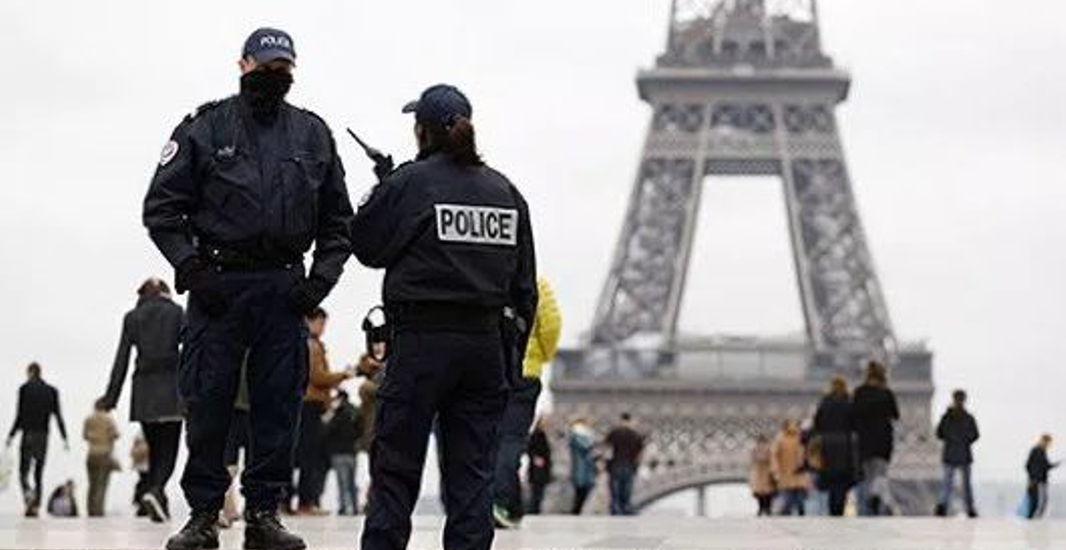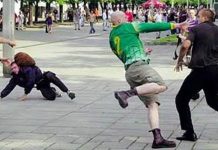Self-Defense today is so radically different from the past that it defies recognition. Twenty years ago self-defense meant defending yourself from a random street attack, a robbery, or a sexual assault. However the world has become much more turbulent and has dramatically changed for the worse.
We live in an unprecedented era where home invasions, road-rage, killings for clothing, racial attacks, active shooters and abductions have become the norm. More recently mass violence from terrorists have already taken a strong foothold in Europe. As you have probably concluded you can’t depend on law enforcement to help you, they won’t get there in time. You are solely responsible for yourself and your family’s safety.
The term self-defense has now also expanded to include survival as well. Surviving catastrophic events such as power outages, hurricanes and tornados – recent experiences with these events have clearly illustrated that the state is ill equipped to help its citizens in any meaningful way.
A Massive Decline in Popularity for Self-Defense
For the past 10 years or so self-defense has lost much of its appeal. Many reality-based innovators have taken a step back from teaching defensive tactics and returned to their traditional roots in order to stay in business – how sad.
The bulk of today’s interest in martial activities is directed towards fight sports or traditional Asian styles. There’s nothing wrong with this, however if you intend to focus on street defense there are additional preparations that need to considered. Street violence often includes edged and impact weapons, multiple opponents and firearms, these subjects are not covered in sports or traditional martial arts.
Ironically, with the increased level of violent crime in the world, many people have become more timid and shy away from personal protective training. In many parts of Europe today it has virtually become politically incorrect to defend oneself.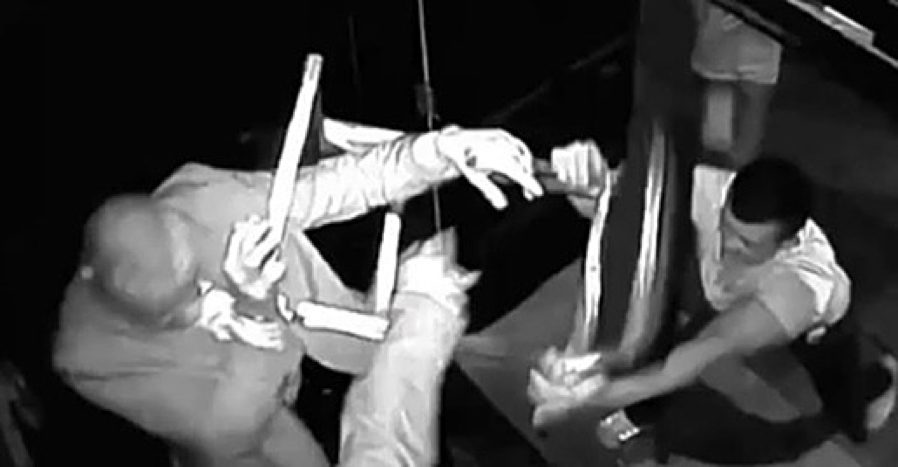
Rethinking Martial Arts for Street Defense
Years ago the thinking was that if you were a skilled martial arts practitioner you could easily handle any street situation. Some traditional martial arts schools even offered self-defense classes as an adjunct to their martial arts program. But quite often, it didn’t produce the results they were looking to achieve.
In the 1990’s some martial arts adepts were looking for new solutions and discovered combatives, a form of WWII close quarter combat (CQC), Krav maga, a type of combatives gained popularity as well. The appeal of these systems were that they distanced themselves from traditional martial arts, in that they were simple, direct and could be learned in a relatively short period of time.
Why Some Skilled Fighters do Poorly on the Street?
Theoretically sport fighters are best suited to handle violent encounters, they are in great shape with highly honed skills. Some martial artists too have incredible skills, so why do some do so poorly in real encounters?
Among the problems are: 1) the focus of the training. Sport fighters as well as MA’s deals with a set of rules within a set environment. They follow the rules of engagement they were taught, 2) most people are reluctant to hurt others in real life, we are conditioned to reason things out first, 3) Fighters are not accustomed to dealing with multiple opponents, being ambushed and attacked with weapons, 4) but the most important factor is lack of experience with real encounters.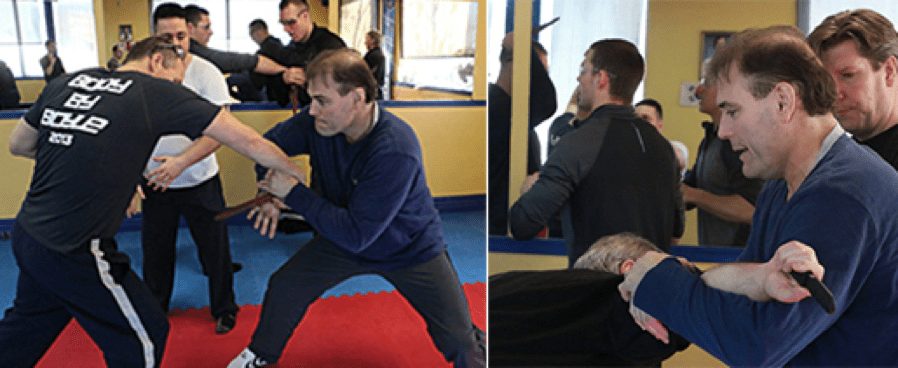
Reality-Based is the New Paradigm in Self-Defense
The early 2000’s was the zeitgeist of a new approach to self-defense. Many defensive tactics instructors around the world were looking for a more holistic and comprehensive structure for self-protection; they were looking for a concise and non-traditional approach that was easy to learn in a short period of time. For the first time self-defense became a multi-disciplinary skillset. Nowadays, besides being facile with unarmed defense you also need to have knowledge of edged weapons and firearms.
In the past we thought that all you needed to protect yourself from a violent confrontation were the physical skills. However studies in neuroscience and psychology demonstrated that there are numerous other factors involved. Some of these are: 1. abnormal behavior of the criminal mind, 2. Why we freeze under stress, 4. How do we activate our defensive skills, 4. how to read pre-indicators of violence etc.
What is Reality-Based Training / Defense?
Reality-based training is a collective of concepts, skills and techniques based on modern conflict situations that the practitioner is likely to encounter in his or her environment. During the past few decades, the military and law enforcement community have gradually come to the conclusion that the best way to train their forces was to approximate the particular “problem situation” as close to real-life as possible.
This methodology migrated into mainstream civilian self-defense training. Reality-based training can be learned in a few short months. The training is based on instinctive responses, gross motor movements and conflict scenarios. The goal is to prevail and escape. You don’t need to become a professional fighter to protect yourself from violence.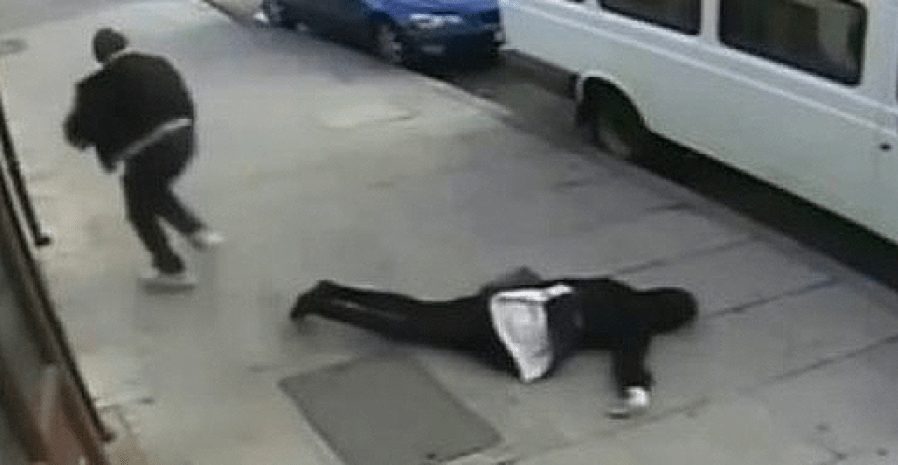
The Nature of Violence – How Bad Guys Attack
Many modern defense instructors have finally come to realize that before they teach defensive courses they need to understand the other side of the coin. What is the nature of violence and how do the bad guys attack? Unless you work in law enforcement or in a prison it’s hard to recognize real violence. There are many individuals who are mentally deranged – they are wired differently and have no empathy for others. They wouldn’t think twice about killing anyone for no reason. This concept is very difficult to accept for the average person.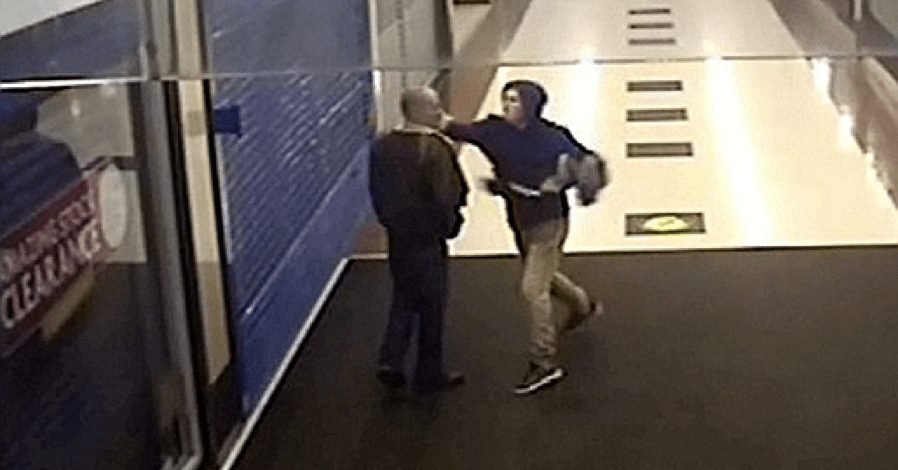
Violent actions suddenly occur out of nowhere. Just as in the animal kingdom, extreme violence is carried out by predators. Predators are hunters and hunters do not announce themselves to their prey. Criminals like all predators look for the weakest prey and the most opportune moment to strike. So what actions can you take to stay off the menu?
Avoiding Predators and Staying Safe Takes Training
- Be attentive on the street, don’t text or play games on the phone while walking,
- Live an avoidance lifestyle, don’t stroll around deserted streets in bad areas in the middle of the night,
- Avoid going to bars and clubs in the early morning hours, you know it will be bad,
- Be aware of unconscious cues and pre-indicators of violence,
- Keep a reasonable distance, don’t let anyone approach you too closely,
- Understand the “monkey dance,” the interview,
- Deescalate the situation is possible,
- if you sense danger know what you can do re: the “Force Continuum,”
- use a preemptive attack if you feel things are going south, it’s the best chance of walking away.
Self-Defense Today: Conflict Resolution – The Key Factor in Reality-Based Training Part 2
Self-Defense Today: Conflict Resolution – The Key Factor in Reality-Based Training Part 2

